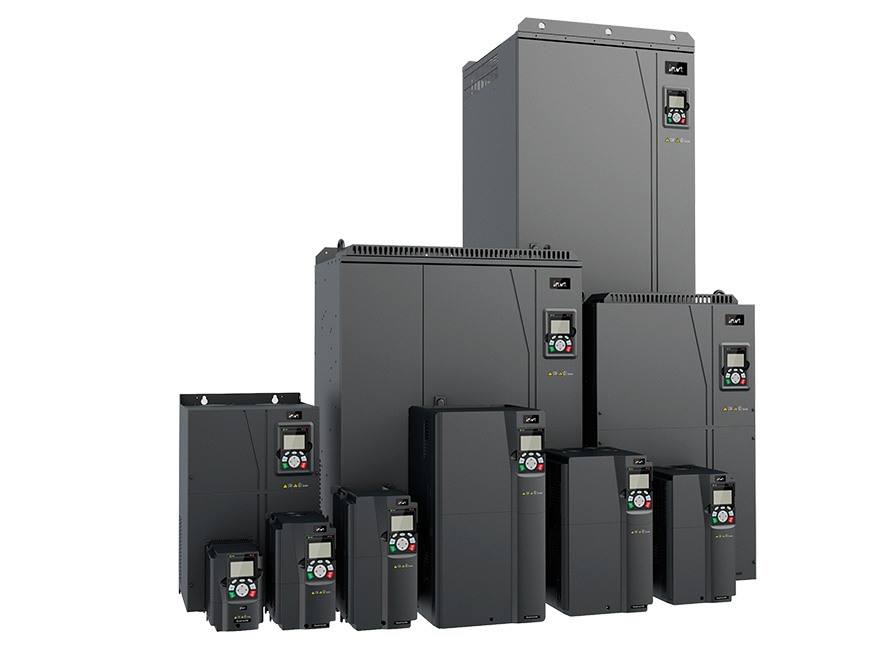
How-To: Choose a VFD for a Motor
In today's increasingly connected manufacturing and warehousing environments, selecting the proper Variable Frequency Drive (VFD) is critical to improving efficiency and performance. Whether you're upgrading an existing system or designing a new one, matching the right VFD to your motor involves understanding key motor specs, application demands, and integration options.
Before choosing a VFD, gather detailed information from the motor's nameplate:
-
Horsepower (HP): VFDs are rated by HP range. While not the most critical spec, it’s a starting point.
-
Full Load Amps (FLA): One of the most important factors. Ensure the VFD’s amp rating meets or exceeds the motor’s FLA.
-
Voltage: Common U.S. standards are 208, 240, or 480V for three-phase motors. For single-phase input, select VFDs designed for this purpose or size the VFD at double the FLA.
-
Speed Range: Motors shouldn’t run under 20% or over 120% of their rated speed without auxiliary cooling or adjustments.
VFDs vary in voltage class (low, medium, high) and performance capabilities. Consider the following:
-
Overload Capacity: Choose a VFD rated for at least 150% overload for 60 seconds if rapid acceleration is required.
-
Braking Needs: For high-inertia loads requiring fast deceleration, a dynamic braking resistor may be necessary.
-
Load Type: Identify whether your load is constant torque (e.g., conveyors) or variable torque (e.g., fans, pumps).
-
Ambient Temperature: Ensure the VFD and its enclosure are suitable for the environmental temperature.
-
Control Mode: Select between V/Hz, sensorless vector, or closed-loop vector depending on torque and speed precision needs.
-
Control Method: Decide on how you want to control the VFD: Ethernet/IP, Modbus, RS485, serial interface, potentiometer, or start/stop control.
-
Communication Protocols: Choose a VFD with compatible protocols (EtherNet/IP, Modbus TCP, Profinet, etc.) for seamless integration into your network.
-
I/O Requirements: Determine the number and type of I/Os needed (analog vs. digital) and whether local or remote operation is required.
Modern VFDs such as Allen-Bradley’s PowerFlex series offer built-in ports and modular expansion options for advanced network and I/O compatibility.
-
PLC Compatibility: Ensure your VFD integrates smoothly with PLCs like ControlLogix or CompactLogix for unified control.
-
Enhanced Features: Many VFDs today include features traditionally found in PLCs—such as position control, data capture, and programmable acceleration/deceleration profiles.
-
Smart Functionality: Select VFDs with onboard intelligence for diagnostics, reduced programming overhead, and simplified duplication of profiles.
Choosing the right VFD is more than matching voltage and amperage—it involves evaluating your motor specs, application demands, and control system design. By fully understanding your motor’s requirements and system needs, you can confidently select a VFD that enhances performance, extends system life, and integrates seamlessly with today’s connected factory environments.
Contact PLG Automation today:
Email: sales@plgautomation.com
Phone: 800-906-9271
